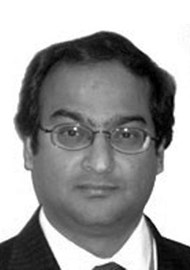The velopharynx functionally separates the oral from the nasal cavities. Inadequate or abnormal function of this muscular valve affects speech and swallow. Velopharyngeal dysfunction can be subdivided into insufficiency, incompetence and mislearning. This is a review paper and indeed a masterclass in the subject of velopharyngeal dysfunction. The authors are otolaryngologists from a prestigious university in the USA. Clinical evaluation is well discussed with an emphasis on the multidisciplinary approach and assessment. The various investigations are listed but not fully discussed. There is a minimal section on non-surgical treatment; the surgical section is a bit more detailed. The various surgical interventions in the form of flaps are discussed fleetingly with no real surgical descriptions. The paper is well worth reading because the authors have crystallised years of experience with this highly specialised problem. The various advantages and limitations of the surgical interventions are discussed and it is an excellent overview of a little understood problem. Finally, this paper does limit most of the focus on patients with congenital abnormalities such as clefts. It would be interesting to read about treatment of iatrogenic induced velopharyngeal dysfunction following surgical ablations. It would also be interesting to have a section on treatment and prevention of this following radiotherapy.




